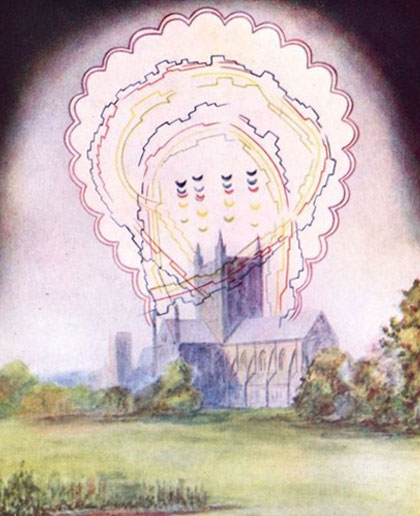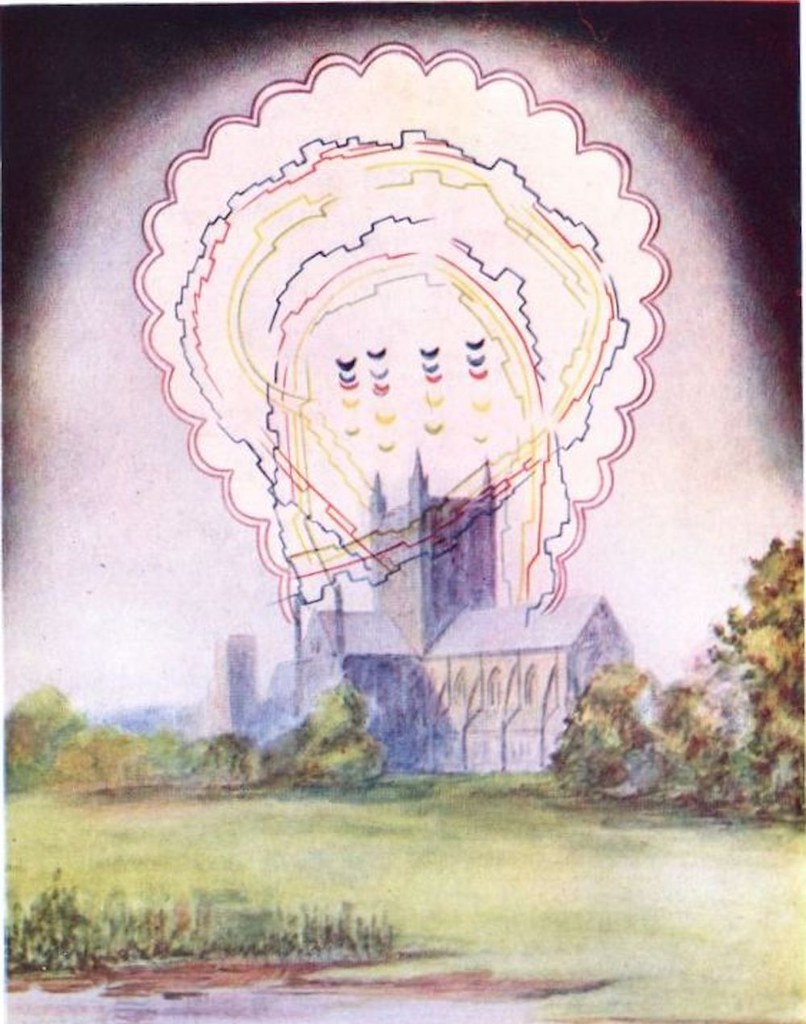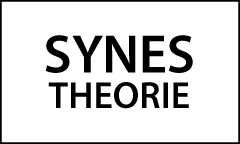Article: occultism art of synesthesia

Source : THE PUBLIC DOMAIN REVIEW
Grounded in the theory that ideas, emotions, and even events, can manifest as visible auras, Annie Besant and Charles Leadbeater’s Thought-Forms (1901) is an odd and intriguing work. Benjamin Breen explores these “synesthetic” abstractions and asks to what extent they, and the Victorian mysticism of which they were born, influenced the Modernist movement that flourished in the following decades.

“The music of Mendelssohn” – Source.
“I have always considered myself a voice of what I believe to be a greater renaissance — the revolt of the soul against the intellect — now beginning in the world,” wrote William Butler Yeats to his mentor, the Irish nationalist John O’Leary, in 1892. Yeats believed that magic was central not only to his art, but to a dawning epoch when spirituality and technology would march together toward an uncertain future.
Thought-Forms, a strange, beguiling, frequently pretentious, utterly original book first published in 1901, emerged from this ferment of late-Victorian mysticism. It was written by Annie Besant and Charles Leadbeater, erstwhile members of the London Theosophical Society alongside Yeats, and it features a stunning sequence of images that illustrate the book’s central argument: emotions, sounds, ideas and events manifest as visual auras.
(…)
The rest of the article can be read by following this link: Victorian Occultism and the Art of Synesthesia, by Benjamin Breen


